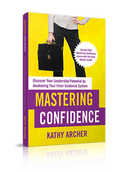Understanding Pre-Meeting AnxietyIf you are a nonprofit leader and have a tough meeting coming up, you will want to feel empowered going into it. Tune into Sandra's story to build your confidence going into challenging conversations! Sandra's Story: Facing the Fear of a Tough MeetingWhen Sandra came to our coaching call, she was preparing for a meeting with the Executive Director about her performance. Sandra was dreading the meeting. She knew her boss would make her feel stupid, small and even scared.
But that's not how Sandra anticipated the meeting was really going to go down! Sandra knew she would feel attacked by her bossSandra knows that "help" from her boss is typically in the form of them pointing out:
Sandra's anxious thoughts were almost out of controlEver since Sandra's boss had scheduled the meeting, Sandra had been rolling around the worst-case scenario in her mind. She imagined being fired on the spot, being raked over the coals and being belittled, berated and bullied. Hence, the knot in her stomach! Sandra had a history of not feeling supported by her bossIt's no wonder Sandra was dreading the meeting! Past meetings had not gone well. Most of what Sandra feared had happened in the past.
It was time for Sandra to change her perspectiveJust because that is how Sandra's ED has communicated in the past does not mean that Sandra has to believe it means she is incompetent or not cut out for leadership. Sandra can choose to pick between the well-intentioned but still hurtful comments and find out what's valuable in between those comments. Sandra took back control of her thoughtsWhether it is this conversation with her boss or another, Sandra gets to decide how she will proactively continue to grow and develop in her nonprofit leadership role. Shifting Your Mindset for ConfidenceSandra enlists the support of her nonprofit coachSandra brought this upcoming conversation to our coaching call. In past coaching sessions, we'd already talked about mindsets, perspectives and lenses, so she knew her mindset mattered most! To plan to feel more confident in the upcoming conversation, we took a look at the kinds of messages Sandra's boss might share:
The Power of Perspective: Changing Your MindsetLeadership MINDSET # 1If Sandra chose to see herself as flawed, she would take these kinds of comments to heart. Imposter Syndrome would take over, and the knot in her stomach would grow to a tightening in her chest. Sandra could see how her thoughts could snowball:
Leadership MINDSET #2 (THE BETTER OPTION)I invited Sandra to PAUSE, and take a breath. I asked what might happen if she chose to hear the messages differently. Sandra PONDERed and considered the comments above and then what else might be true:
Mindset # 2 helps Sandra feel more confidentSandra then used curiosity to PIVOT to new thoughts:
Instead of feeling beaten down by taking time to move through the Inner Guidance Cycle, Sandra felt back in control. She was ready to take the core of the feedback (too much overtime) and hear it for what it is—Feedback. Believing in Your Potential: The Foundation of ConfidenceHow does this help Sandra remove the knot in her stomach before the meeting?By knowing she has control of her thoughts, choosing how to hear messages and intentionally choosing not to take things personally in the meeting but focus on the content, Sandra lessened the emotional charge going into the meeting. When Sandra chooses her thoughts, she feels her confidence soar!I reminded Sandra that feeling confident in a meeting isn't about what someone else says or thinks. Sandra smiled and nodded. She's been reading Mastering Confidence. I know, she said, it's what I believe. How confident you FEEL starts with what you BELIEVE.What you believe about yourself is what matters most. I asked Sandra:
I reminded Sandra that if she believes those things, the tone with which her boss shares those messages in that meeting is less relevant than the content and what she chooses to hear, believe and take action on. Creating an If/Then Plan for ComposurePreparing for Triggers: Sandra's If/Then StrategyWhile feeling more confident, Sandra was still worried about being triggered and losing composure in the meeting. Sandra wanted to prepare to stay composed in her talk with her ED. She'd recently reviewed the webinar: How to Prepare for a Tough Talk so you can handle it with integrity in The Training Library. She'd learned the power of being prepared for getting triggered with If/Then plans. She asked if I could help her prepare an If/Then plan in case she got triggered. Sandra already knew what kind of comments might trigger her and cause her to lose her composure.
We prepared her If/Then plan and she practiced saying her response.
Now, the knots have turned to butterfliesSandra was still nervous but felt way more confident and in control of her responses! She messaged me later and said the meeting was still hard, but she left feeling in control of herself, her responses and her future. What's Next? Taking Charge of Your Leadership JourneyWill you do what Sandra did? If you want to ditch the knot in your stomach before your next uncomfortable meeting, then you need to get ahold of your thoughts and emotions before you go into the meeting. You need to create a mindset that allows you to take back power, your personal power. That way, you will be able to respond in a way that makes you feel empowered, and you'll be able to handle your meeting more confidently, too! ❗️❗️VERY IMPORTANT NOTE❗️❗️
I am not condoning bullying or harassing behaviour. If that happens, you must decide how to address it, find mental health support, and/or change jobs. There is no one-size-fits-all plan for how you will deal with it. Just know that you have options if your workplace is not psychologically safe. Check your policy manual for direction on what to do within your organization. Online resources
You may also find these podcast episodes helpful.
0 Comments
Strong, confident and capable leaders are those who are continually learning and growing. Maybe you know that, but if you are like most women, you may be:
Let me tell you a little secret:
Before we get into low-cost ways to learn, let's review why it's so essential that you engage in training and take the time to develop yourself. You need to make growth mandatory Growth and development, your personal and professional development, are your paths to success in leadership and how you'll find your way to actually enjoying impactful leadership and life at the same time. Yes, striking that balance of impactful leadership and living a full life outside of work is possible. You must recognize that to do that, you must make learning and growing mandatory. Two reasons why training is critical for effective leadership.1 - You'll be stuck in old ways if you don't learn If you can't remember the last time you read a book, took a course that wasn't required training for the job, or spent a few minutes reflecting on your personal growth lately, you may feel frustrated with your experience of leadership. You feel crappy because you are stuck with only a few options, tools, or skill sets. As a result, you may be approaching problems with the same mindset and skillset you learned 10, 20 or 30 years ago. Those old ways will not keep you at the forefront of leadership or help you enjoy life. If you ever feel like you're on a hamster wheel, experiencing the same crises and dramas day after day, that might be because you've become stuck or trapped in the same spot. It's like swamp water that doesn't move, and it's why you feel icky. When your growth & development stagnates, you feel stuck. New training will give you new insights, fresh perspectives, and new tools and thus get you moving, flowing and smelling better. 2 - Your skill set is limited, and you know it If you are like many women leaders, you sometimes struggle with imposter syndrome. Instead of feeling competent, capable and confident, you feel:
To get out of imposter syndrome, you need the training to feel competent and thus confident! If you aren't getting the training you need, you keep feeling incapable, insecure and incompetent. Ongoing personal & professional development is your path to confidence. How to learn on a limited budget Perhaps your training budget is shot or nonexistent in your organization. Or maybe you don't want to ask for training money. What about paying for it yourself? Let's be honest, we all know your nonprofit income only stretches so far! Yet, we know strong, confident and capable leaders are those who are continually learning and growing. So, how do you do it with limited funds? Check out the options below. THREE FREE PLACES TO LEARN
3 FREE PLACES TO LEARN FROM ME
THREE LOW-COST PLACES TO LEARN
Remember, effective leaders, ️️️√ Focus on learning and growth. √ They are continually developing themselves. √ Keep the knowledge flowing through them and onto the people they serve. Ongoing personal & professional development is your path to confidence and effective leadership. If you've been meaning to
NOW is the time to plan HOW you will do that 👆🏻 growth.
Nonprofit Leaders Can Make Time for Personal & Professional DevelopmentEffective leaders need and want to grow themselves
As a woman leading in a non profit, I know you want to learn. You want to grow and develop yourself.
Leadership is synonymous with personal development
The best leaders know that they must grow, develop, change and adapt to what is going on. Strong leaders work to become their best selves, cultivate strong character and continue that always. To do that, you need time to work on yourself.
But we all know you're going from meeting to meeting to meeting. Between those meetings, you respond to texts and emails while you put out fires, deal with crises or tick off the boxes of things that absolutely need to be done. And that doesn't cover what happens when you get home! The most effective leaders create time for weekly personal and professional development
When would you find time to do this? How on Earth would you fit it into your busy day, either at work or at home?
It's true. To be your best self, you need to spend time learning, growing and developing. You need to discover new skills, learn new information and do the inner work to figure out how to assimilate that into your leadership and life. So, how do you find time to work on yourself? Below are three things you need to consider to help you shift your mindset and your time, so you can make time to grow yourself as a nonprofit leader. 3 Shifts to Help Nonprofit Leaders Make Time for Personal and Professional Development TrainingShift # 1 - Mindset Matters
Your mindset matters a lot! You need to think, believe, have an expectation, and understand that growth and development are not nice to haves but must-haves. You must also believe that you can grow.
Shift # 2 - Connect Your Learning to a Goal
Adopting a mindset that personal growth and development are part of leadership and creating the space to do that work is most effective when connected to your goals. As a leader, you need more than goals that your organization may or may not have set for you. You need your own goals that you have crafted to help you be your best self. The best leaders create the impact you desire at work and in your life.
In The Training Library, I encourage you toreview where you're at annually. From there, you create goals that you want to work on and draft a personalized learning curriculum. This learning curriculum will identify how and from what sources you will learn those things you need to learn or work on. From there, my students in The Training Library schedule time each quarter to see how they do on those goals. Then, monthly, weekly and daily, I encourage them to connect those goals to their daily activities. Creating this strategy and curriculum to work on yourself encourages you to create time to do it. It's not something random; it's a plan you are working on, and you can see the steps and feel the outcome. You need to create goals and a learning curriculum Shift # 3 - You can't find time, you must create time
You will never FIND time. You need to CREATE time. We spend most of our leadership and life reacting to things, and instead of reacting, we need to create our own experience of leadership. Part of this experience of leadership that you desire, if you've read this far, is the desire to grow and develop yourself. To do that, you need to create the time and space to grow and develop yourself.
We all have the same 24 hours in a day. What we choose to do with those 24 hours makes the difference for each of us. You have to prioritize in some tiny way growth and development. The time doesn't have to be perfect
We often think it has to be the perfect time with the right pretty journal and candle lit beside us. Nope.
It doesn't have to be a big chunk of time
You don't need a full hour to do personal development work. A few minutes here or there will keep you moving forward. Certainly, you'll want more substantial chunks of time to do some of the work. But you can also do parts of it in smaller segments.
You may need to be creative
This goes back to the perfect time idea. We often have a vision of what reading or journaling looks like. Don't think it has to be that way.
3 places to create time to do the inner work of leadership1) Make use of existing downtime
The best example is all of the times in your life when you are waiting! For example:
2) Look at current time wasters/time fillers
Consider changing what you do during some of these times:
3) Carve out time
Make time for 15 minutes of learning 4 times a week in these spots (That's a whole hour eacweek!!)
Tada....YOU just CREATED a whole hour each week to work on developing yourself! WHOOOOO HOOOOO!!!! Remember, personal and professional development is your path to success in leadership and life! Do this right now to make time to grow yourself as a nonprofit leader
If you've been meaning to
NOW is the time to plan HOW you will do that growth. If you need a place to start,The Training Library may be a good resource for you. If you are like most leaders, you've been here: You have a precious break in the day, so you look at your endless to-do list. All tasks seem important, but you scan the list, looking for the priority items you can knock off in a few minutes. As you glance at each item, you make a mental note:
Your to-do list is like an emotional roller coaster In the time it takes to scan down the list, your emotions move from overwhelmed to anxious, then annoyed and doubtful, ending with discouraged. Pushing the to-do list aside, you begin scrolling through your inbox without realizing you've avoided doing anything on the list and, as a result, get further behind and more disheartened 😩 I get it. I've been there many, many times too! In fact, if you are like most leaders, you have a lengthy to-do list that haunts you into the wee hours of the morning and, honestly, will never get done. But why is it that we will never get through our to-do list? 💥The reason your to-do list will never get done is twofold REASON # 1 First, it's a disorganized list that is more of a holding place than a completion place.
REASON # 2 Second, we look at the list as items that need time to be completed, and we blame lack of time as the enemy 😡 ⏰ It's way more complicated than just not enough time. For example, look at your to-do list and consider:
Without taking all of that into consideration, our to-do list becomes an impossible challenge, and time becomes the enemy. But time is getting a bad rap. ❌ It's not ⏳ time's fault. The time available to complete tasks is only one small factor in managing our to-do list. There are other things to consider. Below are three steps to help you manage your to-do list with much greater success👇🏻 QUESTION: How do I get done, what matters on my to-do list? ANSWER: You create order and awareness. 1) First, start by prioritizing your to-do list into some semblance of order That way, your to-do list can become a tool working for you instead of a threat against you. 2) Next, let go of inappropriate expectations of your to-do list You change expectations of your to-do list by shifting your mindset from believing your to-do list is a list of things that need doing to a holding place for projects and tasks.
3) Finally, move a few key items to each day's agenda, plan or priorities When you only have three things to get done each day, you will check them off with greater speed and satisfaction.
But we are still overlooking something That covers the tactical side of getting through your to-do list. But there is something bigger that needs addressing. 🐘 The elephant in the room is the emotions you felt when you scanned the list.
Your emotions play a big role in productivity Many of us are unaware of our feelings, let alone how our emotions affect our productivity. We can choose our responses better by slowing down and getting a better awareness of what we are experiencing and how our emotions distract us from getting done what matters most. If you want more help with this, read this next: Why Your Emotions Are Sabotaging Your Productivity If you've been meaning to
NOW is the time to plan HOW you will do that 👆🏻 growth.
Are you a nonprofit leader tired of looking at your to-do list with a sense of dread? Trust me. You're not alone. We all have a love/hate relationship with those seemingly endless lists. They can be overwhelming, but at the same time, they're essential for keeping us on track and ensuring we get things done. 👉🏻 If you want to transform your TO-DO list into a truly productive tool, it's time to make it more manageable. 🤔 Are you wondering....How do you trim your TO-DO list? The wrong thing to put on your list To tame your TO-DO list, you must remove repetitive items. When you stop entering tasks on your list that you complete regularly, you will see your list shrink dramatically. Doing this lets you find that your TO-DO list becomes your trusted friend instead of a daunting foe. You can do what Sarah and Maria did 👱🏻♀️ My client Sarah manages a group home. She used to have tasks like "prepare program schedule every week" and "review budget once a month," constantly cluttering her to-do list. Realizing that these were routine items, Sarah entered them directly into her schedule. This simple change made a massive difference in how she approached her daily tasks, allowing her to focus on more pressing matters and be more productive. 👩🏻 Another client Maria, a Program Coordinator, used to dread the monthly task of compiling statistics and preparing quarterly reports. It was a time-consuming chore that she would often leave until the last moment, sacrificing her personal time to get it done. However, after learning to treat routine tasks as appointments with herself, Maria scheduled a specific time slot every month to tackle the statistics. Not only did this help her prioritize the task, but it also freed up her evenings and weekends for personal activities. ❌ Removing the routine items By removing routine items from your to-do list and scheduling them in your agenda, you're making a commitment to yourself to complete these tasks during designated times. 📆 Book appointments with yourself Most leaders only use their agenda for meetings and appointments with others. They may list other things they must do during the day in their agenda, but only as bulleted points. Instead, you should enter routine items into a time slot in your schedule with a beginning and ending time. The routine task should be entered into your schedule as an appointment with yourself. 📊 The dreaded monthly stats task Let me give you an example. Many managers need to do monthly statistics and quarterly reports. This means you pull together charts, forms, and spreadsheets every month. Laying them all out on your desk, you compile data into a report that goes off to the powers that be. For most leaders, this data compilation is a challenging task. Leaders put it off and delay doing it until the last moment. I venture to guess that most leaders tend to get it done by either staying late or finishing it on the weekend. That's certainly how I used to get it done 🤦🏼♀️ This chore gets done on a manager's own time because the manager never prioritized it. Oh, they may put it at the top of their TO-DO list! But that didn't mean it came before other fires needing put out. Since the monthly statistical collection wasn't put in as an appointment, it was not completed during the regular daytime hours. 🙋♀️ How I do it: I now have a standing appointment with myself to do it each 📆 Monday morning. Yes, you read that right. It's part of my weekly review that gets prioritized before anything else! Move it from TO-DO list to your agenda Tasks that are routine things need to be put into your agenda. Schedule a regular appointment with yourself to get done the things that need to get repeatedly done.
How to Set Routine Tasks as an Appointment Most leaders only use their agenda for meetings and appointments with others, but it's also important to include routine tasks. Rather than simply jotting them down as bullet points, I encourage you to allocate a specific time slot in your schedule with a defined start and end time. Treat these routine tasks as appointments with yourself. ✔️ Appointments with yourself get entered into your agenda and are blocked off as busy times. ✔️ No one else should be able to book an appointment with you during this time. ✔️ Treat those times just like you would treat any other meeting:
But what if something more important comes up? We all know that unexpected things can arise, and priorities can shift. If you cannot complete a task during the scheduled time, don't just erase it and forget about it. As author Jay Papasan says: "If you erase it, then you must replace it." 📚 Papasan co-authored the book The One Thing: The Surprisingly Simple Truth About Extraordinary Results, and I highly recommend it if you want to become more productive. Rebook it if you can't do it That means if you can't do the work as planned, find another suitable time slot in your calendar to reschedule it. Don't let routine tasks pile up and follow you home as unfinished business. They are an integral part of your workload and deserve the same level of attention as anything else ⭐️Compiling timesheets, writing reports, and reviewing budgets are all part of your workload. They are not extras. You need to treat them with the same importance as anything else. ✅ Your TO-DO list taming HOMEWORK: 1️⃣ During your weekly planning, review your TO-DO list. 2️⃣ Put a ✔️ checkmark beside anything that is a regular or cyclical task. 3️⃣ Take those items and 📆 schedule the appropriate amount of time into your agenda. 4️⃣ Stick to those times and complete the task in that time slot 💪🏻 5️⃣ If you can't do it, re-book it 📆 A manageable-looking TO-DO list This leaves a manageable TO-DO list for you to prioritize. It won't be quite as scary to look at the items left 👀 Keeping your TO-DO list manageable requires being mindful of what you enter into it. Schedule routine items into your agenda. That way, regularly occurring tasks will get done on time. This will also leave your TO-DO list smaller, more inviting to scan and way easier to keep up with 👏🏻 I'm curious. Comment below:
Need more help prioritizing? If you need even more help to tame your to-do list and get done what matters most, start The Emotions of Time Management today and learn time management strategies and how to make them work for you! |
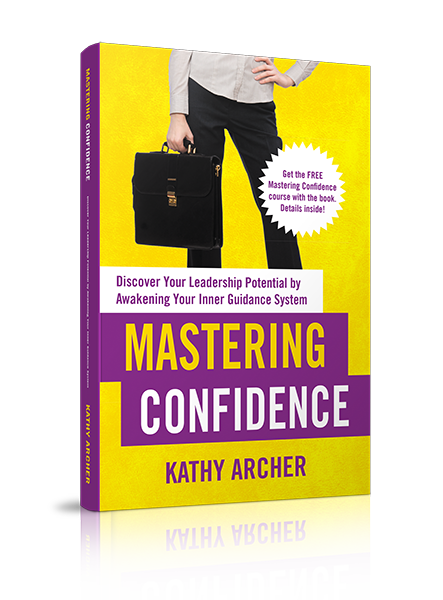
Available on Amazon
Archives
May 2024
|
|
Leadership TRAINING for Nonprofit Leaders
Become a confident and competent nonprofit Leader: Join The Training Library membership Executive and Leadership COACHING Leadership Coaching for Nonprofit Executives, Leaders and ManagerCoaching |
PODCAST for Nonprofit Leaders
The Surviving to Thriving podcast: Strategies, systems and support to lead your nonprofit with confidence FREE RESOURCES to Grow your Leadership Skills Free Leadership Training Resources, Worksheets and Templates |
Become a CONFIDENT LEADER
|



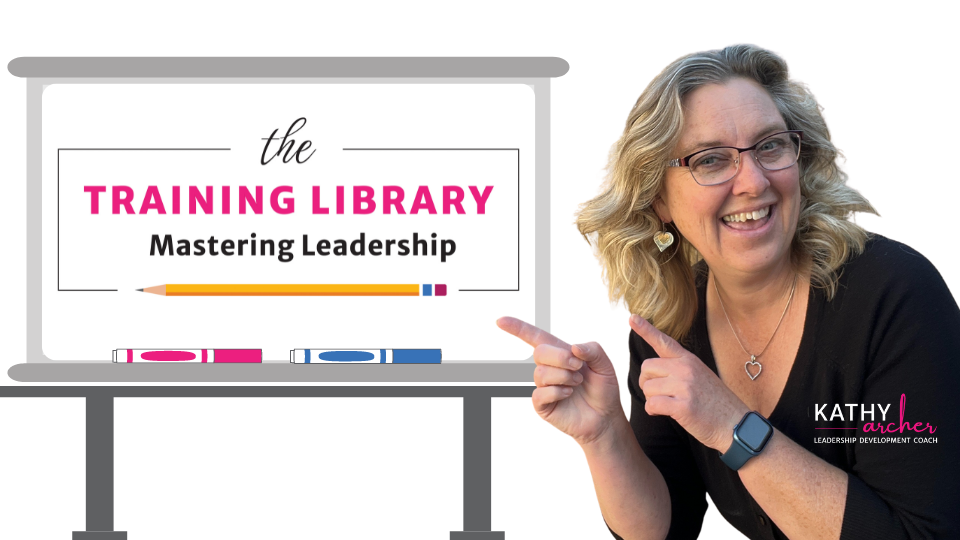
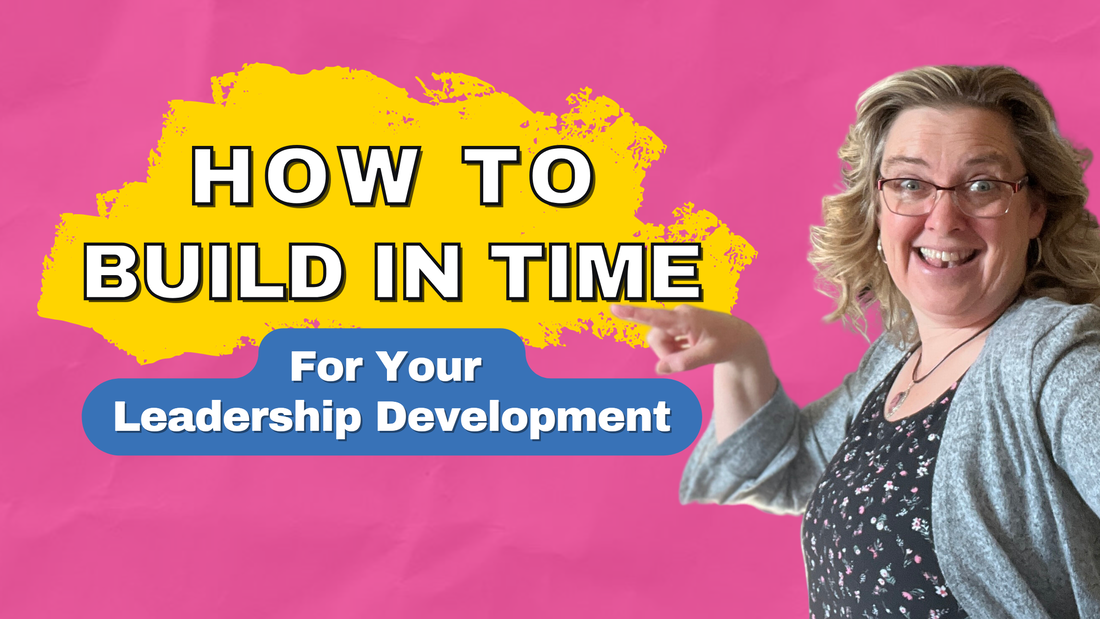

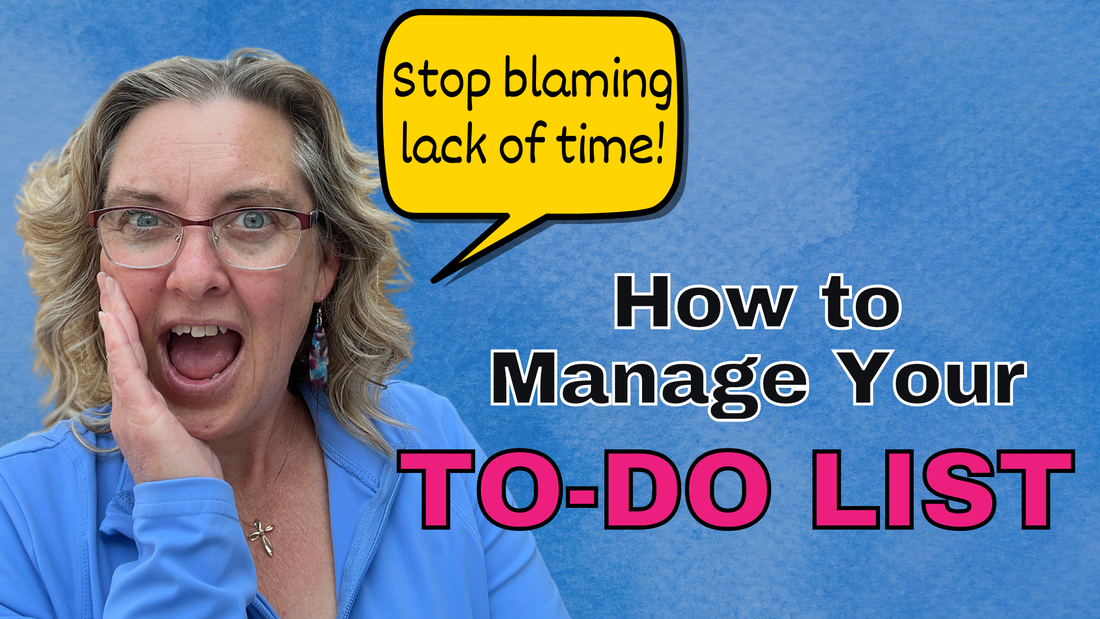
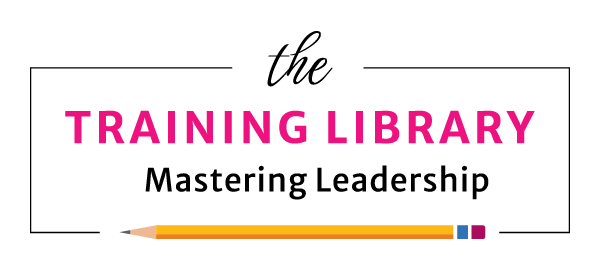

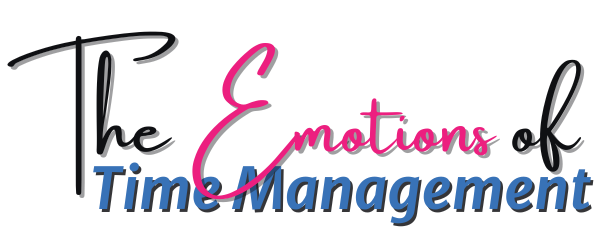

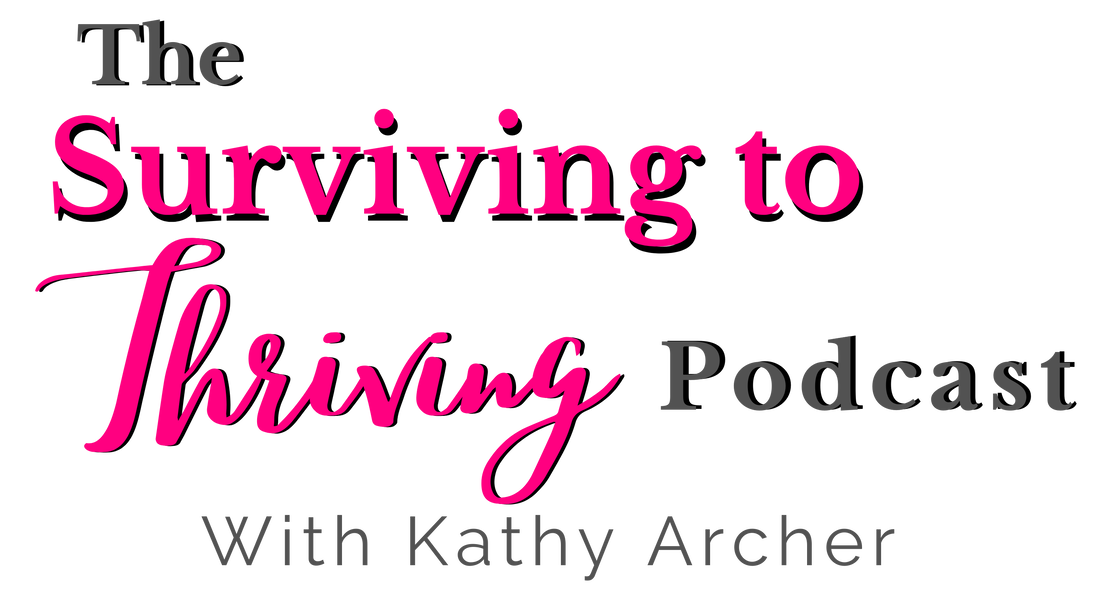
 RSS Feed
RSS Feed
